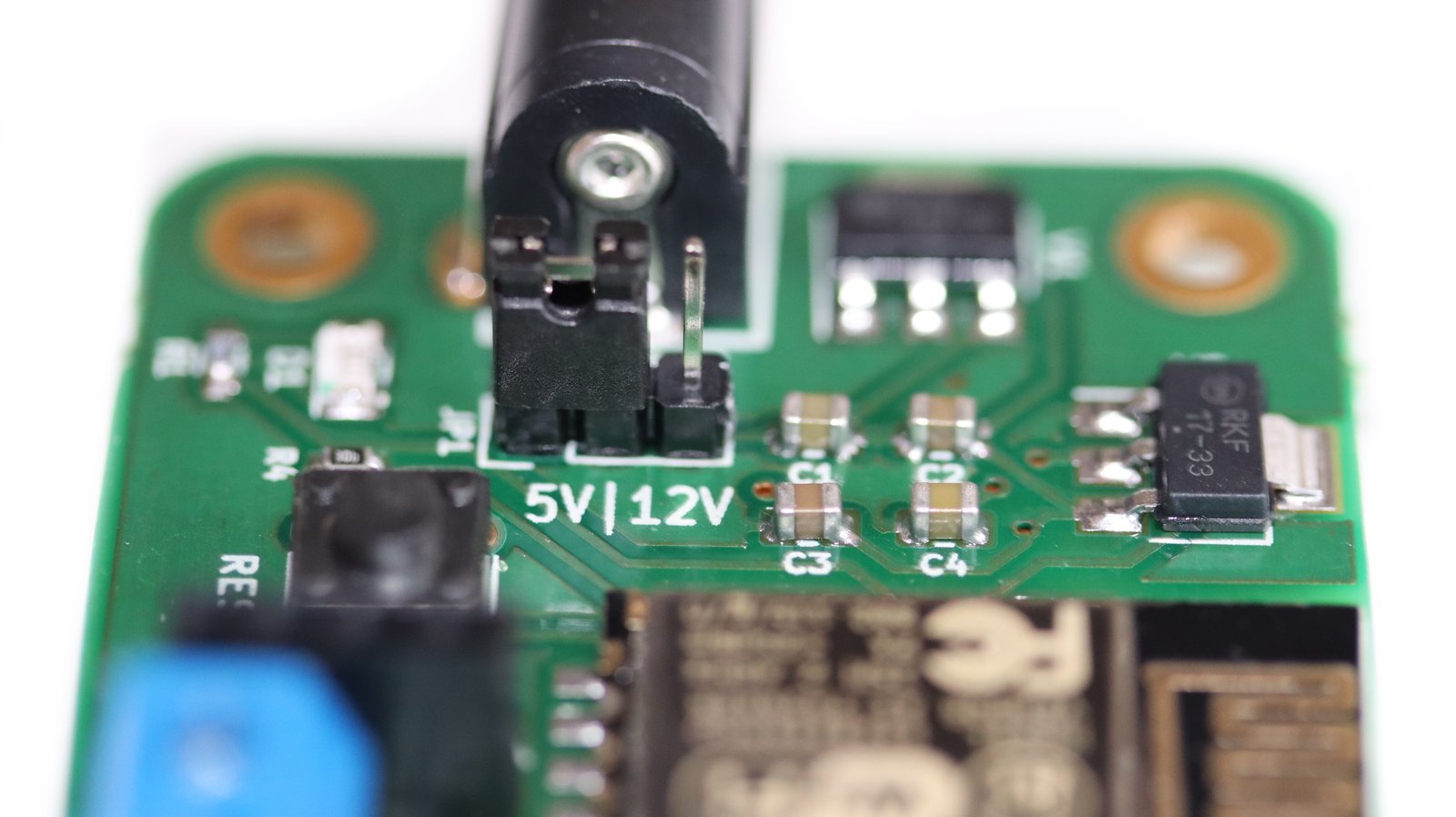Project update 4 of 13
[VIDEO] Uploading Arduino Sketch to ANAVI Miracle Controller
ANAVI Miracle Controller is an entirely open source development board for addressable (digital) LED strips. It is easy to flash a custom firmware on it. In this video tutorial I will explain how to compile and upload an Arduino sketch to it through Arduino IDE. The process is very similar as the one for my other open source project ANAVI Thermometer, ANAVI Gas Detector and ANAVI Light Controller.
You will need ANAVI Miracle Controller, USB to UART debug cable, power supply and a personal computer. Of course addressable LED strips are also required. Optionally a mini OLED display and other peripherals can be attached. In the video I uploaded the default firmware which is available as an Arduino sketch in GitHub.
Each ANAVI Miracle Controller kit includes a USB to UART debug cable with CP2102. Depending on the operating system on your personal computer you might need to install additional drives. It should work out of the box on GNU/Linux distributions. Plug the USB in your computer and connect the wires as follows:
| ANAVI Miracle Controller | USB to UART debug cable |
|---|---|
| GND | GND |
| TX | RX |
| RX | TX |
Download and install Arduino IDE on your personal computer. It is free and open source software available for MS Windows, Mac OS and GNU/Linux distributions. Launch Arduino IDE and load an Arduino sketch compatible with ANAVI Miracle Controller.
ANAVI Miracle Controller is powered by ESP8266 and there are a few configurations that have to be applied in Arduino IDE. Go to File > Preferences. Select Settings and in the field "Additional Boards Manager URLs" add: http://arduino.esp8266.com/stable/package_esp8266com_index.json
From Arduino IDE select Tools > Board: Generic ESP8266 Module. Set the flash size to 4M (1M SPIFFS). The upload speed is 115200. Adjust the exact port of USB to serial debug cable connected to your computer.
Select Tools > Manage Libraries. The Arduino library manager will appear. Install all required libraries and their exact versions. Over the time, with the development of the default firmware, new libraries might be added. Please refer to the README file to get the up to date list of all libraries that must be installed for the default firmware.
In Arduino IDE click Verify/Compile. If there are any errors, please double check that you have installed all required libraries and their exact versions. If the source code compiles successfully, please proceed to to the next step for flashing the firmware.
In Arduino IDE click Upload. Set the jumper on ANAVI Miracle Controller to 5V or 12V depending on your power supply and type of LED strips. The power supply voltage must match the required voltage by the LED strips, for example 5V for NeoPixels and the WS2812B included in all kits. Press and hold the RESET button on ANAVI Miracle Controller. Without releasing the RESET button, plug the power supply in the barrel jack of ANAVI Miracle Controller. Please do not release the RESET button until the upload has been done. I repeat, please do not release the RESET button until you see in Arduino IDE that the upload is 100% done.
After that you can launch the serial monitor in Arduino IDE and verify that the firmware is successfully running. You can use the same approach for uploading your custom firmware to ANAVI Miracle Controller.
More details are available at video and the user’s manual.
Thank you for supporting the open source project ANAVI Miracle Controller! Community is always the most important ingredient for any successful open source project. Do not hesitate to create GitHub pull request if you have any ideas for improvements or bug fixes of the default Arduino sketch. You help is highly appreciated!
Thanks,
Leon


